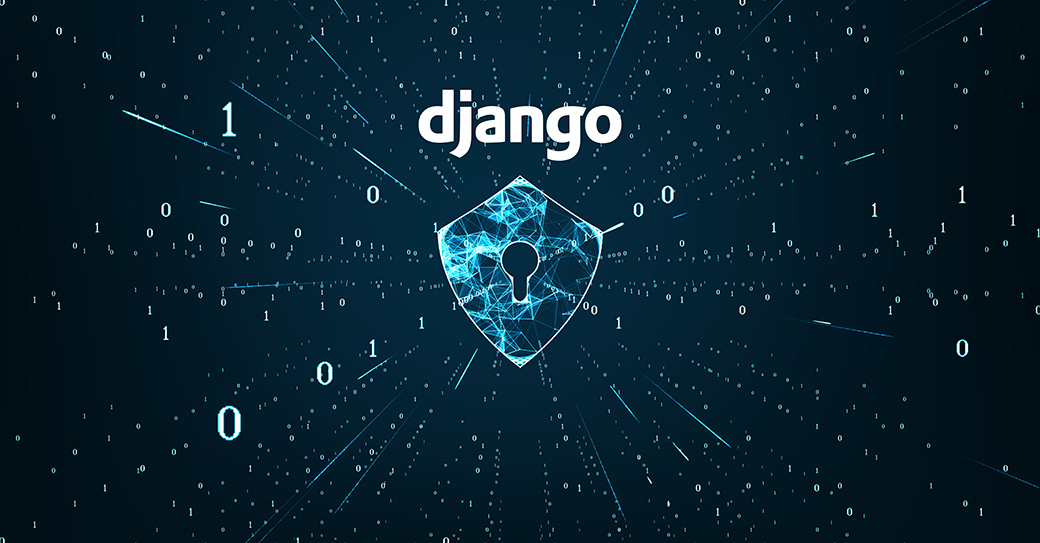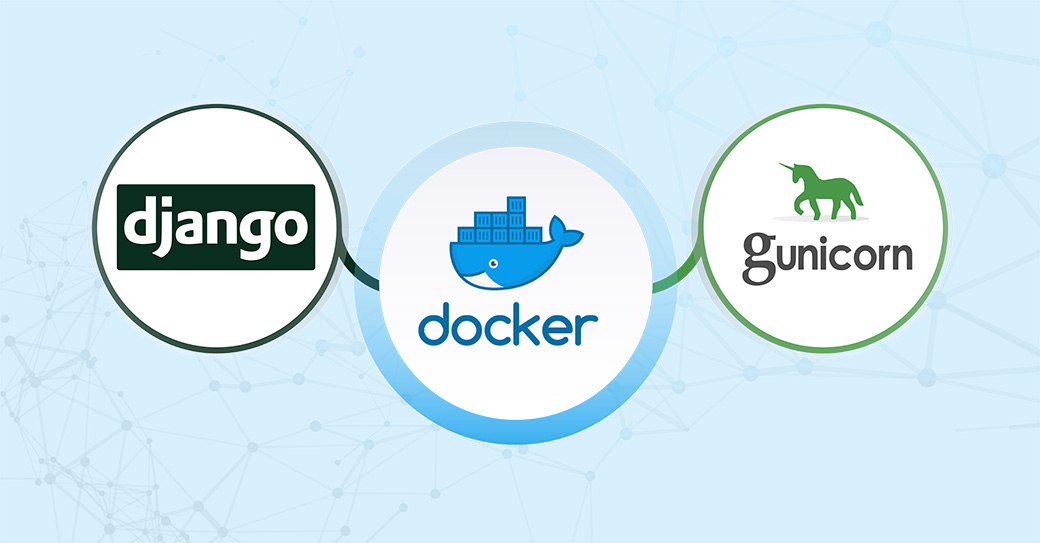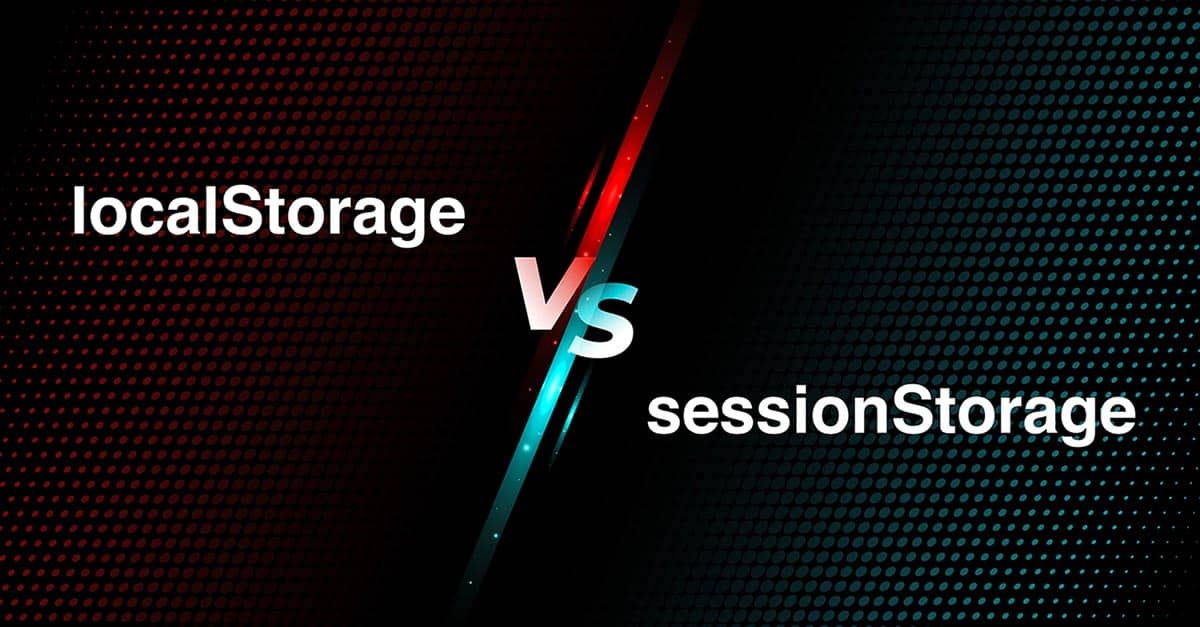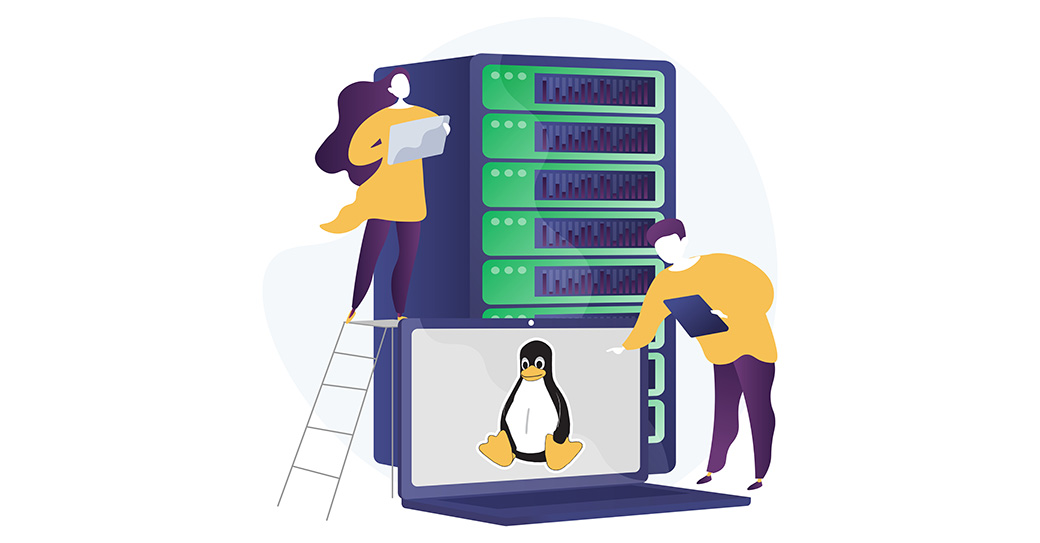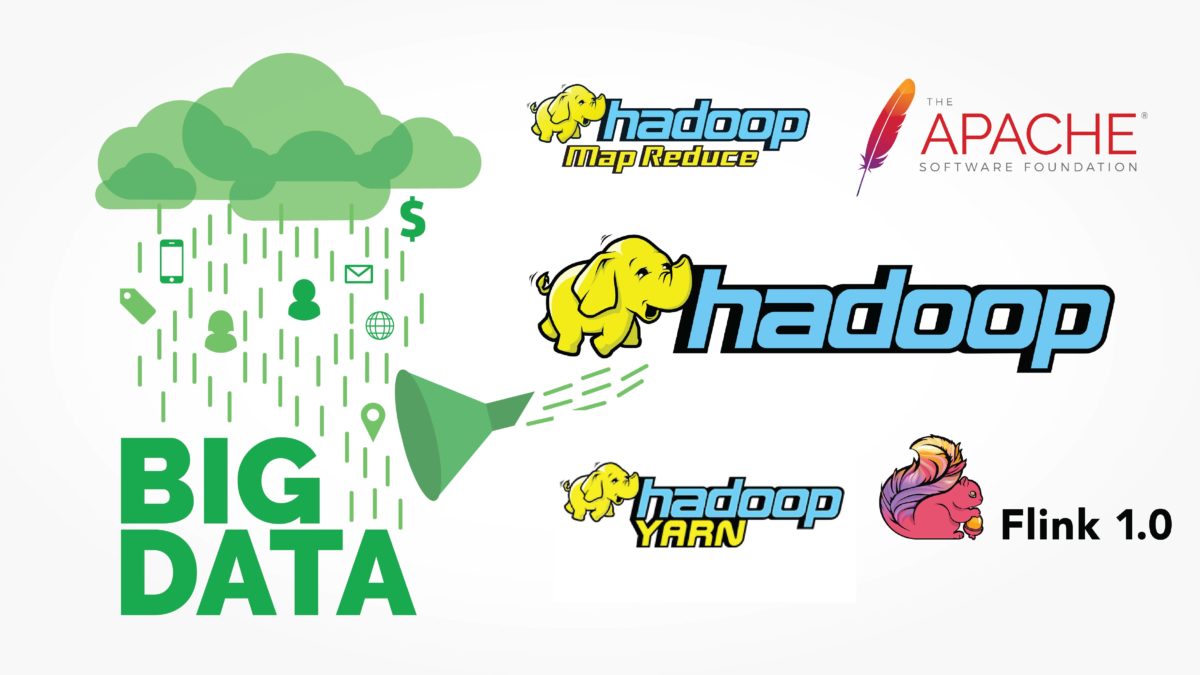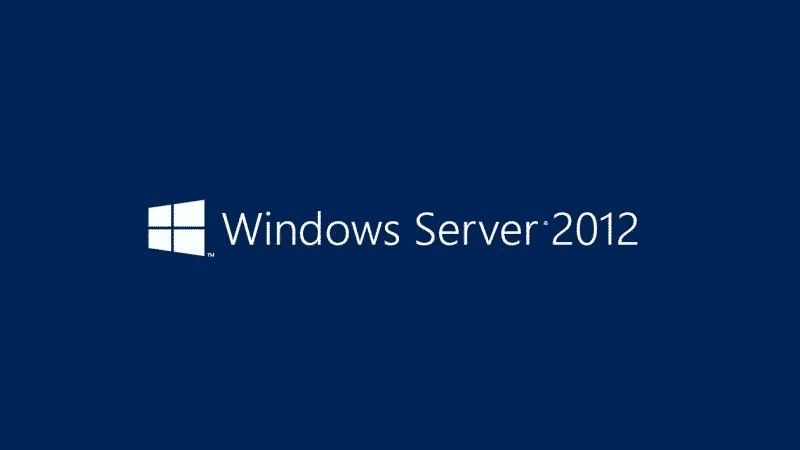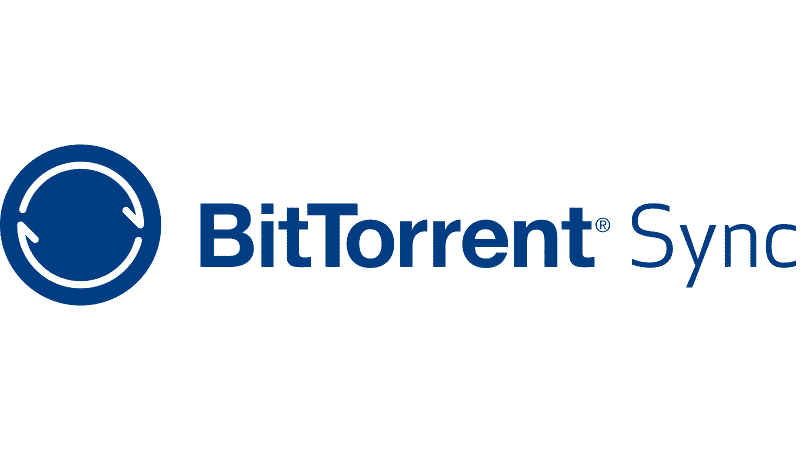Millions of users get on the Internet to access information for various purposes including learning, entertainment, news, and sharing their lives’ progress with friends. Hence, when deploying an app, it’s in your best interest that you implement a highly secure and scalable infrastructure for your application. The cloud offers various ways to secure and scale a Django application. Horizontal scaling …
Building a Django and Gunicorn Application with Docker on Ubuntu
Django is a high-level open-source Python web framework that can help you build your Python application quickly. It encourages rapid development and clean, pragmatic design by following the model–template–views architectural pattern. Out of the box, the framework comes with the necessary modern application components such as user authentication, caching framework, object-relational mapper, URL Dispatcher, template system, and customizable administrative interface. …
JavaScript Tools: localStorage and sessionStorage
JavaScript (often abbreviated as JS) is one of the foundations of the modern web infrastructure. It’s a lightweight, interpreted, object-oriented programming language that supports first-class functions. JavaScript is mostly known for its implementation in dynamic web pages. Because of its features, however, JavaScript is also used in non-browser environments. In this guide, we will discuss in detail two JavaScript objects: …
Configuring Storage Devices in Linux- Learning to Partition and Format
Introduction There are many situations where you may need a new disk on your Linux system. For the most part, creating a new disk is a straightforward process. However, things can become complicated if you are trying to tinker with partitioning schemes and filesystem formats. To help simplify the process, this tutorial will give you a step by step outline …
Testing out rook/EdgeFS + NFS (RTRD) on Minikube
I’ve been checking out rook lately and it seems like a great project. They’re trying to, somewhat, standardize the approach to storage from k8s’ perspective. Particularly, I was impressed with EdgeFS’ capabilities. Object Storage, iSCSI block storage, Scale-out NFS (as they call it), geo-transparent storage solution. Man, that, in itself, is a mouthful and an impressive set of features! In …
Introduction to Hadoop
Data can be referred to as a collection of useful information in a meaningful manner which can be used for various purposes. Аn IT company can use ит for analyzing the productivity of employees over certain set of projects or in a consulting firm and also for predicting the best investment options based on the past. On a more personal …
CloudSigma How To Series: Satellite Data Repository
As announced earlier this month, CloudSigma is building and maintaining a repository of Sentinel data backed by a powerful service level agreement ensuring availability and performance. The following tutorial describes how you can access the satellite data in our cloud environment and download a specific image to your CloudSigma cloud server to process it. Accessing the object storage is possible …
CloudSigma How To Series: Drive Upload
In this tutorial of CloudSigma’s How To Series we tell you more about our storage system and how you can upload your own drive image in the cloud. Our cloud platform solution allows you to create and (re)size multiple persistent virtual drives including mounting multiple drives to a single cloud server and where available multiple storage tiers on the same …
Create a Script for Windows to Auto Expand your Partition after you Increase your Virtual Drive Size
At CloudSigma our infrastructure provides unbundled resources which gives a lot of flexibility. It means you can increase a drive’s size as you need to. The problem for the most people is however that when the drive size is increased at the infrastructure layer in the cloud, the filesystem is not expanded automatically and you have to do this manually …
Storage management with automatic periodic snapshots
A while ago, we introduced the ability to take snapshots of a drive. This is a very handy feature that allows you to quickly and efficiently save drive states even on live systems. Thanks to ZFS, automatic snapshots will only consume the delta between the current state and where the snapshot was taken. This means that if your original drive …
How to securely use BitTorrent Sync for backups
A while back I wrote a guest post on BitTorrent’s blog about how to use BitTorrent Sync as an alternative to cloud storage services, such as Dropbox and Box. As a result, this post is an expansion of that post that provides more clear step-by-step instructions on how to securely deploy BitTorrent Sync. Security notes First, since the focus of …


